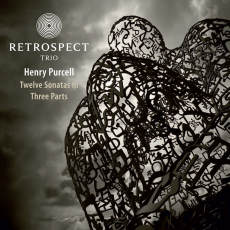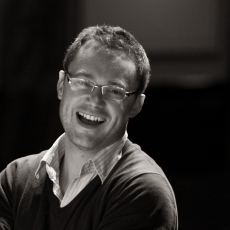Purcell: Twelve Sonatas in Three Parts - Gramophone
To read the plain text of this review, click here.

Delightful performances
that revel in Purcell's rich harmonies
Purcell published his collection of a dozen trio sonatas in 1683, and in the preface remarked that he 'faithfully endeavour'd a just imitation of the most fam'd Italian Masters'. In his booklet-note Mathew Halls observes that the famed Italians who influenced these sonatas were probably Corelli and obscurer figures such as Colista, Cazzati, Vitali, Bassani, Bertali and Matteis, but also explains how Purcell incorporated French elements and his own Englishness into proceedings. Purcell declared that he attempted 'to bring the seriousness and gravity of that Sort of Musick into vogue' and hoped that 'his labours will Seem neither unpleasant, nor unprofitable'. It is thus fitting that the Retrospect Trio (ie quartet) plays with ample seriousness, gravity, pleasantness and, hopefully, profit.
As with their previous volume of Purcell sonatas (9/09), the first and second violin duties are shared democratically between Sophie Gent and Matthew Truscott; they engage in fluent dialogues with Jonathan Manson's conversational bass viol, and Hall's keyboard continuo realisations are flawlessly nimble and subtle. Whether Purcell's brief movements are slow (the rapturous opening of No.6), quick (the fleeting Allegro that concludes No.2) or moderate (the dance-like Poco largo of No.12), these performances convey rhetorical suggestions of speaking intimately, unforced breathing, and listening attentively. The Retrospect Trio achieves rich sonorities when Purcell springs extraordinary harmonic surprises, such as the dizzying chromatic sequence in the Adagio of No.3 melancholic C minor passages throughout No.9. These delightful endeavours should win plenty of friends.

